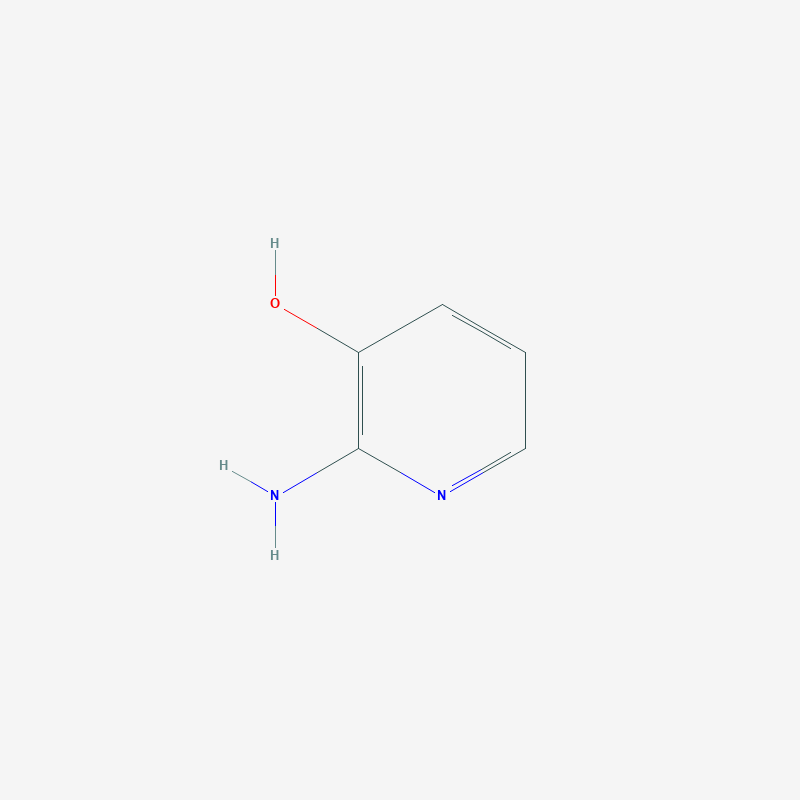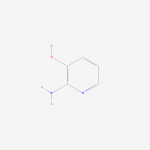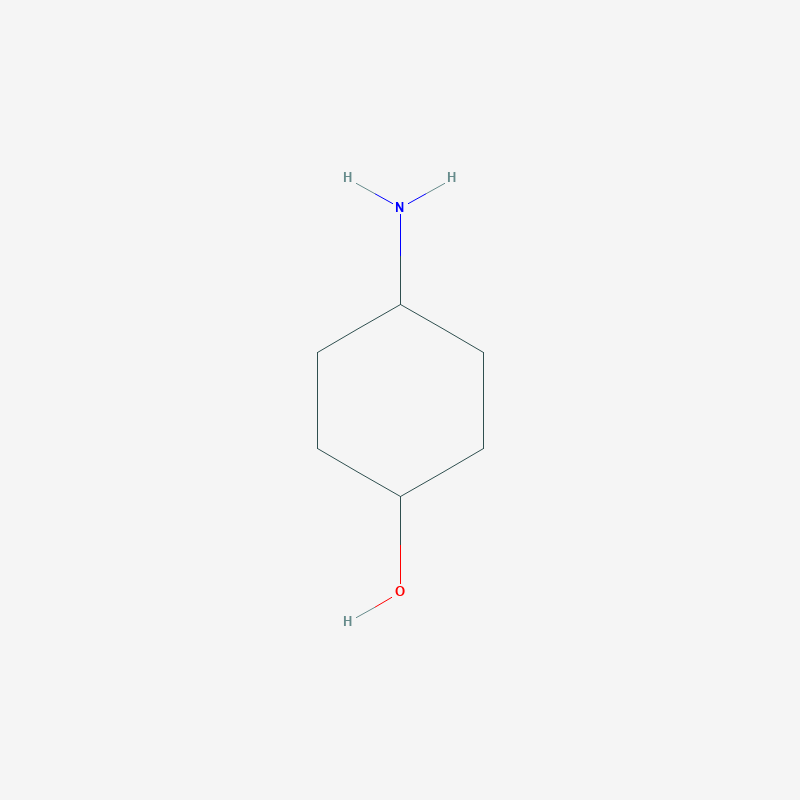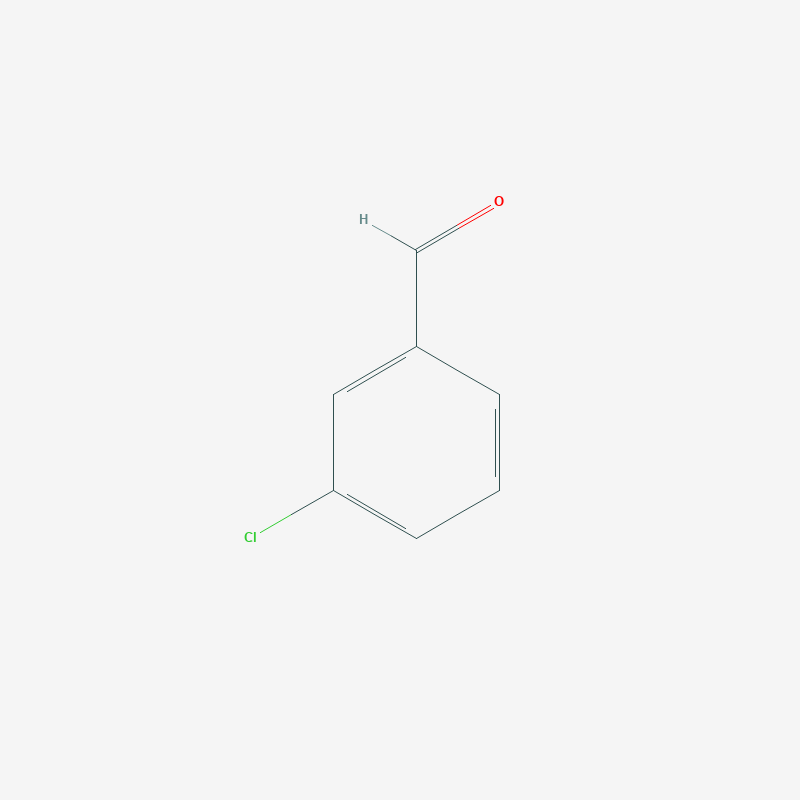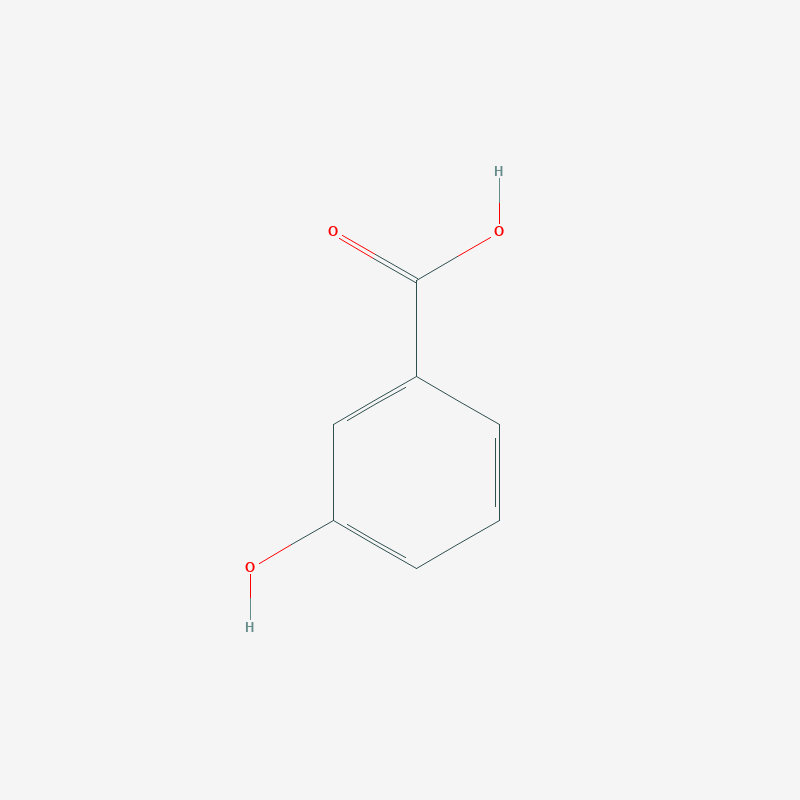| Purity / Analysis Method | >98.0%(T)(HPLC) |
| Molecular Formula / Molecular Weight | C__5H__6N__2O = 110.12 |
| Physical State (20 deg.C) | Solid |
| Storage Temperature | 0-10°C |
| Store Under Inert Gas | Store under inert gas |
| Condition to Avoid | Air Sensitive,Heat Sensitive |
| CAS RN | 16867-03-1 |
| PubChem Substance ID | 87562578 |
| MDL Number | MFCD00006317 |
2-Amino-3-hydroxypyridine
Purity : >98.0%(T)(HPLC)
CAS No.: 16867-03-1
EC No.: 240-886-8
EC Name: 2-aminopyridin-3-ol
ECHA Name: 2-aminopyridin-3-ol
Synonyms:
2-AMINO-3-HYDROXYPYRIDINE
16867-03-1
2-Aminopyridin-3-ol
2-Amino-3-pyridinol
3-Pyridinol, 2-amino-
Enquire For Best Price
For all our chemicals TDS, MSDS and CoA are available upon request
Specification & Properties
Specifications:
| Appearance | White to Gray to Brown powder to crystal |
| Purity(HPLC) | min. 98.0 area% |
| Purity(Neutralization titration) | min. 98.0 % |
Properties:
| Melting Point | 170 deg.C(dec.) |
| Solubility in water | Slightly soluble |
| Solubility (soluble in) | Methanol,Ethanol |
Safety & Regulations
Safety Information:
| Chemical Safety |
| Signal Word | Warning |
| Hazard Statements | H315 : Causes skin irritation. H319 : Causes serious eye irritation. |
| Precautionary Statements | P264 : Wash skin thoroughly after handling. P280 : Wear protective gloves/ eye protection/ face protection. P302 + P352 : IF ON SKIN: Wash with plenty of water. P337 + P313 : If eye irritation persists: Get medical advice/ attention. P305 + P351 + P338 : IF IN EYES: Rinse cautiously with water for several minutes. Remove contact lenses, if present and easy to do. Continue rinsing. P362 + P364 : Take off contaminated clothing and wash it before reuse. P332 + P313 : If skin irritation occurs: Get medical advice/ attention. |
Related Laws:
Transport Information:
Hazard Classification:
Danger!
According to the classification provided by companies to ECHA in REACH registrations this substance
is toxic to aquatic life,
is toxic to aquatic life with long lasting effects,
is harmful if swallowed and
may cause damage to organs through prolonged or repeated exposure.
